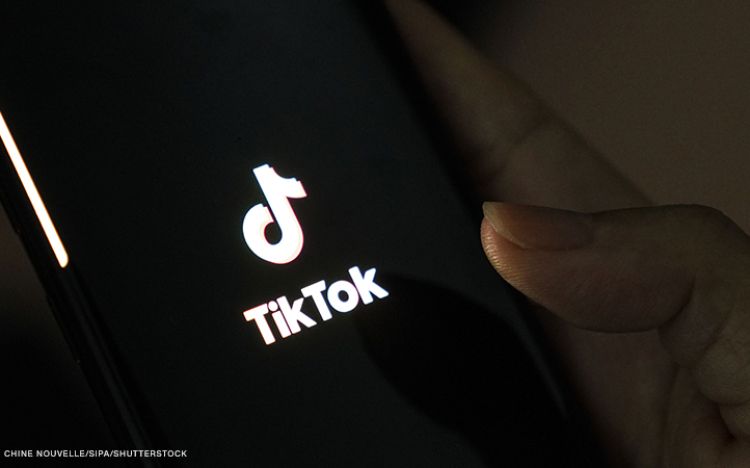
If you’ve ever wondered why TikTok suggested a certain video in your feed, you may start to get a little more clarity.
TikTok on Tuesday said it is beginning to roll out a new feature to add more context about how the platform’s algorithms recommend videos in your “For You” feed. With the new option, you can click on the share button on the video and then select the question mark icon dubbed, “Why this video.”
From there, TikTok said you can get more visibility into some of the reasons why a particular video was recommended to you. Some of these reasons include: “user interactions,” which refers to content you watch, like or share as well as comments you post and things you have searched for on the app; “accounts you follow or suggested accounts for you;” “content posted recently in your region;” or “popular content in your region.”
Like other social networks, TikTok relies on algorithms to surface personalized content for users in hopes of keeping them engaged and scrolling as long as possible. But these algorithms are typically black boxes.
The new feature stops short of truly demystifying that black box by providing more granular details on specific activity or accounts influencing the algorithmic recommendations. But TikTok said that it has plans to build up this feature with more details in the future. “Looking ahead, we’ll continue to expand this feature to bring more granularity and transparency to content recommendations,” the company said in a blog post.
The new update comes in the wake of renewed scrutiny that TikTok’s powerful algorithm may lead users, and especially its youngest users, down concerning rabbit holes, including directing them to potentially harmful subject matter such as content around suicide and eating disorders.
It also comes as a growing number of state and federal lawmakers continue to pressure TikTok over its ties to Beijing through its parent company. The criticism ramped up earlier this year after a Buzzfeed News report said some US user data has been repeatedly accessed from China, and cited one employee who allegedly said, “Everything is seen in China.” TikTok, for its part, has confirmed US user data can be accessed by some employees in China.
Last week, a trio of lawmakers led by Republican Sen. Marco Rubio introduced a bill that aims to ban TikTok from operating in the United States. In a statement announcing the proposed legislation, Rubio accused TikTok of collecting data to “manipulate feeds” and blasted the app as a “CCP [Chinese Communist Party]-puppet company.”
TikTok has been negotiating for years with the US government on a potential deal that addresses national security concerns and lets the app continue serving US customers. TikTok has also taken steps to isolate US user data from other parts of its business.
TikTok has made a number of announcements in recent years in an effort to ease concerns, including publishing tools to help users customize content recommendations, rolling out parental controls to give users more options to restrict what their children can see on the app, and pledging more transparency related to its content moderation systems for researchers.




